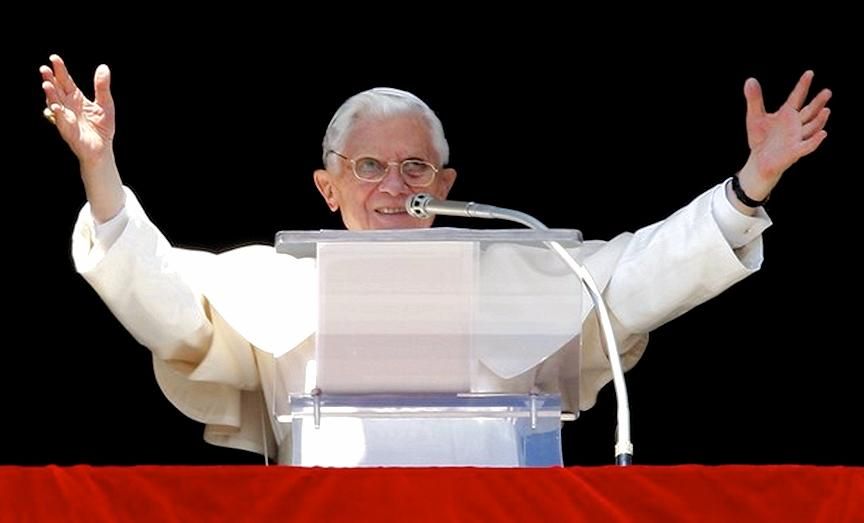
 Monday, March 11, Fourth Week of Lent
Monday, March 11, Fourth Week of Lent
 ST. JOHN OGILVIE (Scotland, 1579-1615), Jesuit, Martyr
ST. JOHN OGILVIE (Scotland, 1579-1615), Jesuit, Martyr
He was raised as a Calvinist and educated in Europe where, after reading Scriptures, he converted
to Catholicism. He studied with the Benedictines in Regensburg, joined the Jesuits, and was ordained
in France in 1610. At a time when anti-Catholic persecution had driven Scottish Catholics underground,
he tried twice to go home in order to minister to the underground Catholics. He had to return to France
the first time but in 1613, he went back. His mission was to last less than a year because he was
betrayed, captured and tortured in unspeakable ways to renounce his faith. He refused steadfastly,
saying he would obey his king in all temporal matters but "In the things of spiritual jurisdiction which
a king unjustly seizes, I cannot and must not obey". He was condemned to death, dragged through the
streets of Glasgow, hanged and then disembowelled. He was beatified in 1939 and canonized in 1976.
He was the first Scottish saint since 1250.
Readings for today's Mass: www.usccb.org/bible/readings/031113.cfm
AT THE VATICAN TODAY
The College of Cardinals held its tenth and final General Congregation before the Conclave begins tomorrow.
Fr. Lombardi said that this morning, among other things, they heard a report about the operations of IOR.
There will be no news briefing tomorrow.
One year ago...
The Holy Father Benedict XVI led the Angelus at St. Peter's Square.
 SUNDAY ANGELUS
SUNDAY ANGELUS
'Jesus purifies the Temple'
March 11, 2012

Dear brothers and sisters,
The Gospel on this third Sunday of Lent refers - in the Gospel of St. John - to the well-known episode of Jesus who chased the animal vendors and money-changers out of the Temple of Jerusalem (cfr Jn 2,13-25).
The event, reported by all the evangelists, took place close to the feast of Passover and made a deep impression on the crowds a well as on the disciples. How should we interpret this gesture of Jesus?
First of all, it must be noted that the incident did not provoke any repression by the keepers of public order because it was seen as a typical prophetic in action: Indeed, the prophets, in the name of God, often denounced abuses, and they often did so with symbolic gestures. The problem was often regarding their authority.
That is why the Jews asked Jesus: "“What sign can you show us for doing this?” (Jn 2,18), showing us that he truly acted in the name of God.
Chasing out the vendors from the Temple has also been interpreted in the politico-revolutionary sense, placing Jesus in line with the Zealot movement in his time. The Zealots were, in fact, 'zealous' in behalf of the law of God and were ready to use violence to enforce respect for it.
In Jesus's time, the Jews awaited the Messiah who would liberate Israel from the dominion of the Romans. But Jesus disappointed this expectation, so much that some disciples abandoned him and Judas Iscariot would betray him.
Indeed, it is impossible to interpret Jesus as violent: Violence is contrary to the Kingdom of God. It is an instrument of the anti-Christ. Violence never serves humanity; it dehumanizes.
Let us listen to what Jesus said as he chased out the vendors: “Take these out of here, and stop making my Father’s house a marketplace.” (Jn 2,16). And the disciples then recalled what is written in a Psalm: "Zeal for your house has consumed me" (69, 10).
This Psalm is an invocation for help in a situation of extreme danger because of the hatred of enemies - the situation that Jesus would experience in his passion.
Zeal for the Father and for his house would bring him to the Cross: His zeal is that of love which pays in person, not that which would serve God through violence.
Indeed, the sign that Jesus would give as proof of his authority would be his death and resurrection. “Destroy this temple and in three days I will raise it up," he said. And St John annotates: "He was speaking about the temple of his body!" (Jn 2,20-21).
With Jesus's Resurrection, a new cult began, the cult of love, and a new temple, which is himself, Christ the Risen, through whom every believer can adore God the Father "in spirit and truth" (Jn 4,23).
Dear friends, the Holy Spirit began to construct this new Temple in the womb of the Virgin Mary. Through her intercession,.let us pray that every Christian may become a living stone in this spiritual edifice.

